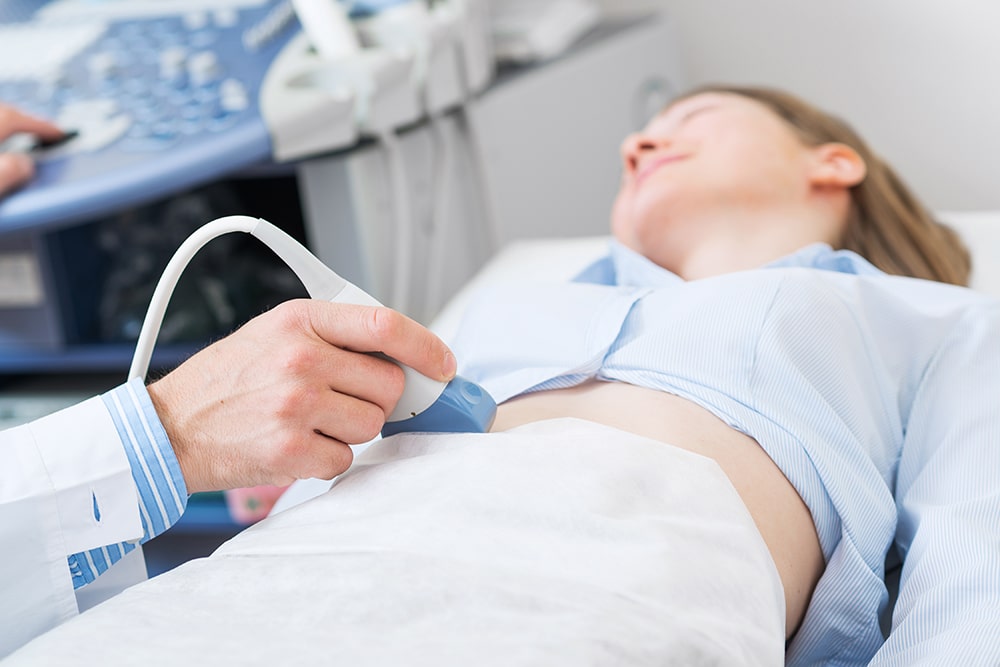If you experience itching, pain, or abnormal discharge in the genital area, it may indicate an infection, and it is important to seek medical attention immediately to identify the underlying cause and receive treatment. If the persistent infection is a high-risk type of HPV, it can even lead to abnormal changes in normal cervical cells, known as precancerous lesions, which can eventually develop into cervical cancer. The following information will introduce the symptoms and prevention methods of cervical cancer.
Causes of Cervical Cancer
Cervical cancer is primarily caused by Human Papillomavirus (HPV) infection, which is transmitted through sexual activity. Factors that increase the risk of developing cervical cancer include early sexual activity, having multiple sexual partners, multiple pregnancies or miscarriages, and a history of sexually transmitted infections. Additionally, a weakened immune system can also increase the risk of developing cervical cancer.
Symptoms of Precancerous Lesions of Cervical Cancer
Precancerous lesions of cervical cancer often do not have obvious symptoms, which can lead to them being overlooked. However, if you experience the following signs, it is likely that the precancerous lesions have progressed to cervical cancer:
- Abnormal vaginal bleeding
- Vaginal bleeding after sexual intercourse
- Menstrual problem
- Increased vaginal discharge or discharge with an odor
- Urinary obstruction
- Impaired kidney function and lower back pain
- Blood in urine or stool
- Cough, shortness of breath, or even coughing up blood
Early detection of precancerous lesions of cervical cancer can have a cure rate of nearly 100%. However, due to the lack of obvious early symptoms, effective prevention of progression to cancer involves regular cervical cancer screenings and vaccination.
(Information source:香港大學李嘉誠醫學院)
Staging and Treatment Options for Cervical Cancer
Stage 0 (Precancerous)
Cancer cells are confined to the surface layer of the cervix and can be removed through procedures such as loop electrosurgical excision procedure (LEEP). The 5-year survival rate can reach 100%.
Stage 1
Cancer cells are limited to the cervix. Treatment options may include surgical removal of the uterus (hysterectomy) with or without adjuvant chemotherapy. The 5-year survival rate can reach 85-90%.
Stage 2
Cancer cells have spread to the upper part of the vagina or the connective tissues next to the uterus. Treatment may involve radical hysterectomy, pelvic lymphadenectomy, and radiation therapy. The 5-year survival rate can reach 65-70%.
Stage 3
Cancer cells have spread to the pelvic wall and may cause kidney obstruction or non-functioning kidneys. Treatment options may include external beam radiation therapy or high-dose brachytherapy. The 5-year survival rate ranges from 30-45%.
Stage 4
Cancer cells have spread beyond the cervix or pelvic area and may have metastasized to other parts of the body. Treatment options may include a combination of radiation therapy and chemotherapy. The 5-year survival rate is around 10-14%.
Prevention of Precancerous Lesions of Cervical Cancer
Pap smear examination
According toCentre for Health Protection, Pap smear screening can reduce the incidence of invasive cervical cancer by 65%. Other methods such as cervical cancer screening can also help detect precancerous lesions of the cervix and symptoms of cervical cancer early, allowing patients to receive timely treatment.
Cervical cell examination (Pap smear) is a very safe test that only takes a few minutes. Healthcare professionals will collect a sample of cells from the surface of the patient's cervix using a speculum. The sample will then be sent to the laboratory for testing under a microscope.
HPV Cervical Cancer Prevention Vaccine
Another effective method of preventing cervical cancer is early vaccination against HPV. Vaccination before the age of 9 or before sexual activity significantly reduces the chances of developing cervical cancer. For example, with the 9-valent HPV vaccine, females need to receive the vaccine within six months. Females aged 15 and above need to receive three doses, while those aged 14 or below only need two doses.
Obstetrics and Gynecological Nursing Services
Zenith Medical Centre offers comprehensive gynecological surgeries and general obstetric nursing services. We collaborate with private hospitals in Hong Kong to ensure that all pregnant women and patients in need receive the most professional and personalized treatment and nursing care.
- Human Papillomavirus (HPV) Vaccine
- Sexually Transmitted Diseases screening
- Colposcopy
- Pap’s Smear, Human Papillomavirus (HPV) Test
- Chronic Pelvic Pain
- Menopause and Hormone Replacement Therapy
Obstetrics and Gynaecology Specialist
Dr. Suen Sik Hung, Stephen
Contact us
If you are interested in learning more about our cervical cancer precancerous lesion screenings, HPV cervical cancer vaccines, prenatal and postnatal care examinations, and other obstetrics and gynecology services, please feel free to contact us via WhatsApp at+96025125. We would be happy to provide you with further information and address any inquiries you may have.




